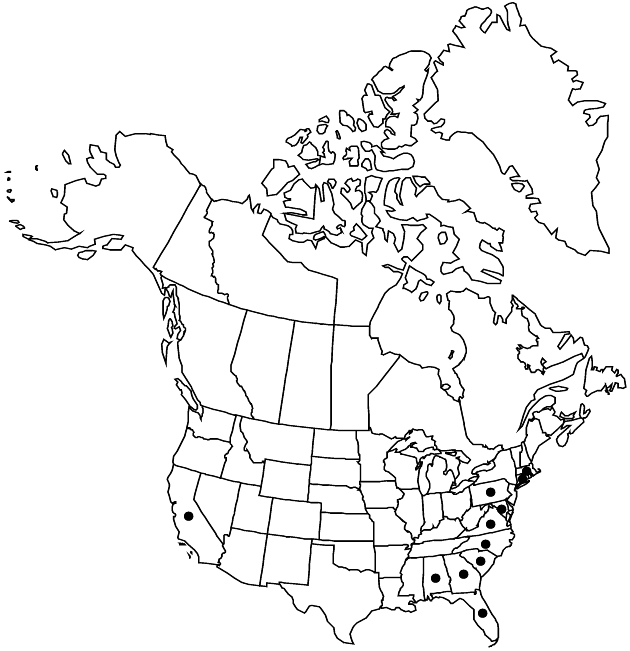Difference between revisions of "Tagetes minuta"
Sp. Pl. 2: 887. 1753.
FNA>Volume Importer |
FNA>Volume Importer |
||
| Line 47: | Line 47: | ||
|publication year=1753 | |publication year=1753 | ||
|special status= | |special status= | ||
| − | |source xml=https://jpend@bitbucket.org/aafc-mbb/fna-data-curation.git/src/ | + | |source xml=https://jpend@bitbucket.org/aafc-mbb/fna-data-curation.git/src/f50eec43f223ca0e34566be0b046453a0960e173/coarse_grained_fna_xml/V19-20-21/V21_577.xml |
|tribe=Asteraceae tribe Heliantheae | |tribe=Asteraceae tribe Heliantheae | ||
|subtribe=Asteraceae (tribe Heliantheae) subtribe Pectidinae | |subtribe=Asteraceae (tribe Heliantheae) subtribe Pectidinae | ||
Revision as of 21:38, 16 December 2019
Annuals, 30–100(–180+) cm. Leaf blades 80–150+ mm overall, lobes or leaflets 9–17+, narrowly lanceolate to lance-linear, 12–25(–50+) × (2–)4–7+ mm. Heads in ± corymbiform clusters. Peduncles 1–5+ mm. Involucres 7–10+ × 1.5–3 mm. Ray florets 1–3; laminae yellow, ± ovate to elliptic, 1–2 mm. Disc florets 3–5; corollas 3–4 mm. Cypselae (4.5–)6–7+ mm; pappi of 1–2 ± subulate scales 2–3+ mm plus 3–5 distinct, ovate to lanceolate scales 0.5–1 mm. 2n = 48.
Phenology: Flowering Sep–Oct.
Habitat: Disturbed sites
Elevation: 0–100+ m
Distribution

Ala., Calif., Conn., Fla., Ga., Md., Mass., N.C., Pa., S.C., Va., South America.
Discussion
Tagetes minuta is widely cultivated for use as a condiment and has become widely established or persists after plantings.
Selected References
None.
Lower Taxa
None.